-
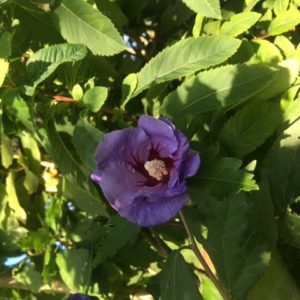
Hibiscus or Tree Hollyhock Seed
Hibiscus syriacus£5.00 inc. VATHibiscus is a late flowering, large or medium sized deciduous shrub. The large blue/purple trumpet shaped flowers are most impressive as they open between midsummer and autumn. Twiggy growth that can become congested, but requires no regular pruning. It is very slow to come into leaf, only just appearing alive by mid May. The seeds look like small sea animals with fine cilia hairs round the edges for swimming!
-
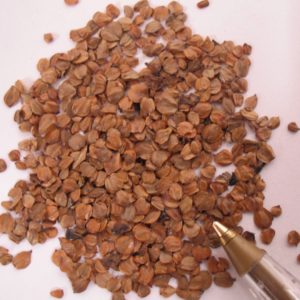
Himalayan Alder Seed
Alnus nitida£5.00 inc. VATHimalayan Alder is a nitrogen fixing tree good for growing in poor wettish soils and is very hardy. It will enrich the soil it is planted in. Unlike other Alders, the decorative male catkins are produced in autumn, not spring. They are very long. New growth tends to be purplish. It is used as a street tree in Pakistan, but not often grown here in UK.
-
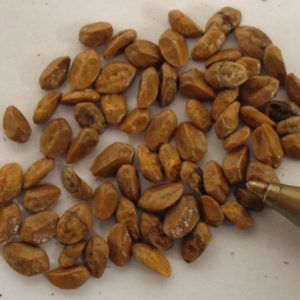
Himalyan cotoneaster seed
Cotoneaster simonsii£5.00 – £11.50 inc. VATCotoneaster simonsii is a large upright semi-evergreen with small white/pink flowers in June, bee friendly, followed by persistent red berries. Good as an informal hedge but can also be clipped quite hard into shape. Often known as Himalayan Cotoneaster, but this leads to confusion with other Cotoneasters.
-
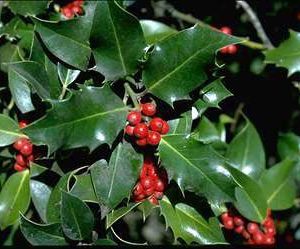
Holly Seed
Ilex aquifolium£5.00 inc. VATAn evergreen shrub or tree that can be very long lived with leaves that are ovoid, shiny and generally spiky. In winter, bright red holly berries contrast beautifully with the dark green foliage. There are some varieties with yellow berries, and some with non-spikey leaves. Usually a male and a female tree are required to produce berries on the female. Very useful for hedging, it grows quite fast to begin with but slows down as it ages. It can be clipped into shape(carefully!)
-
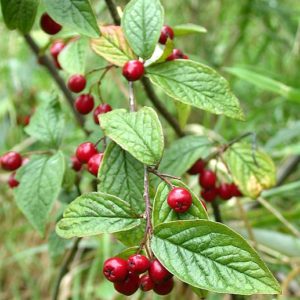
Hollyberry Cotoneaster Seed
Cotoneaster bullatus£6.00 inc. VATHollyberry Cotoneaster is one of the larger cotoneasters. It is deciduous with corrugated leaves that colour richly in the autumn. The white or pink flowers give rise to large red fruits in early autumn which are attractive to birds. It is quite often used in landscaping schemes, roadsides etc and soon spreads, birds taking the berries and spreading the seed. It can be seen a menace but is useful on inhospitable sites.
-

Honey Locust Seed
Gleditsia triacanthos£9.50 inc. VATHoney Locust is an elegant, large deciduous tree with frond like leaves that is also very tolerant of polluted atmospheres. Inconspicuous white/green pea like flowers in summer give rise to impressive long brown twisted seed pods in the autumn, and these have been used as cattle feed, since they are sweet.
-
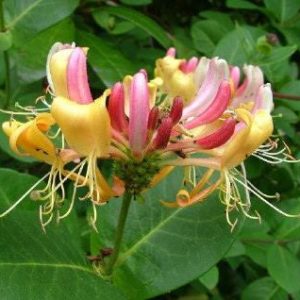
Honeysuckle / Woodbine Seed
Lonicera periclymenum£2.00 – £7.00 inc. VATHoneysuckle is a vigorous medium sized climber. The flowers are up to 5cm long and fragrant, cream inside and purple / yellow on the outside. They flower from early summer through to early autumn and are followed by red berries. Bees love the flowers and birds eat the berries. It is one of the first plants to show leaf in spring, especially in the shelter of woodlands.
-
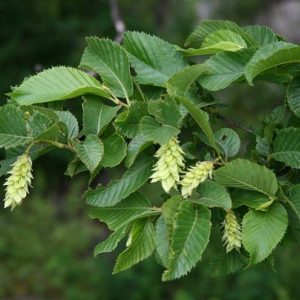
Hop Hornbeam Seed
Ostrya carpinifolia£6.50 inc. VATHop Hornbeam is a medium sized round headed deciduous tree with toothed leaves that turn yellow in autumn. The catkins that appear in spring are impressively long and numerous. The following fruits are up to 5cm long with the nutlets being encased in a bladder-like husk. The hard and dense wood was used to make the wooden soles for wood-working planes, and for producing charcoal. Supposedly the tree is resistant to honey-fungus which is useful!
-
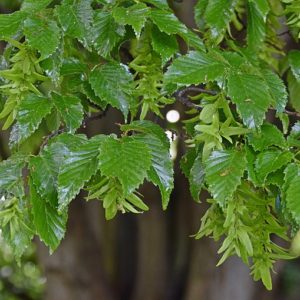
Hornbeam Seed
Carpinus betulus£5.00 inc. VATHornbeam grows to be a medium sized tree with a grey fluted trunk and toothed green leaves that are an outstanding yellow colour in the autumn. The green catkins in spring give rise to the small winged nuts in the autumn. Can be clipped with impunity and so is brilliant as a hedge where Beech is not suitable or would struggle.
Not for forestry purposes
-
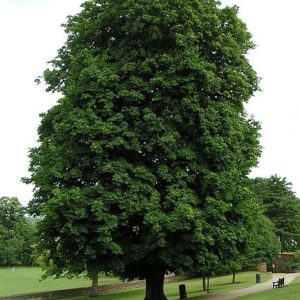
Horse Chestnut Seed
Aesculus hippocastanum£6.00 – £9.00 inc. VATHorse Chestnut is a beautiful, large, deciduous flowering tree. The white flowers with a yellow central blotch form stout pyramids which look highly attractive in their upright position. Insect friendly. The seeds or conkers as they are known are popular with children in Europe for games. They develop in spiky green cases that split open to reveal the beautiful, glossy chestnut brown seed.
-
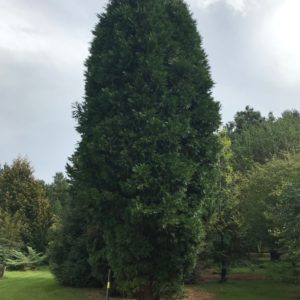
Incense Cedar Seed
Libocedrus decurrens£2.00 – £9.00 inc. VATThe Incense Cedar is a large evergreen tree that is resistant to honey fungus and can add height to a group of trees or shrubs. The dark green aromatic leaves are in dense fan like sprays and smell, apparently, like shoe polish(?). Bark is in plates that curl outwards on the top and bottom sides, even on young trees. It is a very low maintenance tree. In it’s native California it spreads well after wildfires and is drought tolerant. The soft even grained wood has been used to make pencils.
-
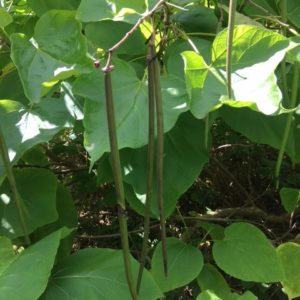
Indian Bean Tree Seed
Catalpa bignonioides£5.00 inc. VATIndian Bean Tree is a medium sized deciduous tree from the eastern USA. Its leaves are up to 20 cm long and it has attractive white flowers with yellow and purple markings, frequented by bees. The fruiting capsules/bean pods are around 30cm long and 4 to 8 mm wide and remain well after the leaves have dropped in autumn. If pollarded every other year, the leaves grow huge, but can then be shattered by heavy rain.
flower pic courtesy of Le. Loup.Gris. Multi-license with GFDL and CC-BY-SA
-
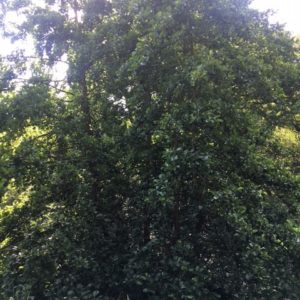
Italian Alder Seed
Alnus cordata£5.00 – £10.00 inc. VATA splendid medium sized, deciduous conical tree, with bright green glistening foliage preceded by yellow catkins that appear in the late winter. Like other Alders, it ‘fixes’ nitrogen from the air, so helping soil fertility. Because of this and the fact that it is tough and hardy, it is often used in the planting and reclamation of old industrial sites. The reddish orange timber is not very durable in air but is long-lasting in water. The blackish cones that hold the seed in autumn are larger than the native Alder cones, and quite decorative.
-
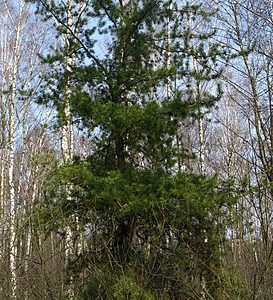
Jack Pine Seed
Pinus banksiana£5.00 – £10.00 inc. VATThe Jack Pine is a 2 needle pine that is extremely hardy and greatly undervalued as a landscape tree. It is sometimes used for Christmas tree production in the USA and is widespread in Canada.
-
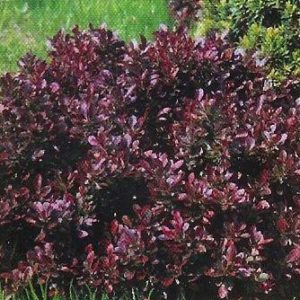
Japanese Barberry Seed (purple leaved)
Berberis thunbergii atropurpureum£5.00 inc. VATA small deciduous, prickly shrub with a rich reddish purple foliage which grows more intense as the year progresses. It produces an outstandingly impressive low hedge.
-
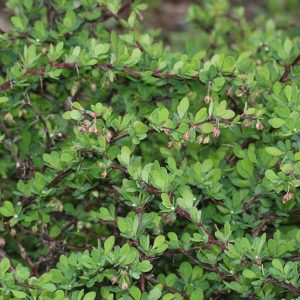
Japanese Berberis Seed
Berberis thunbergii£5.00 inc. VATJapanese Berberis is a small, compact deciduous shrub. It’s autumn colours are outstanding together with its bright red berries. Late in spring it bears pale yellow flowers tinged with red. Insect friendly A useful shrub for creating a low prickly barrier. It can be clipped(carefully!)
-
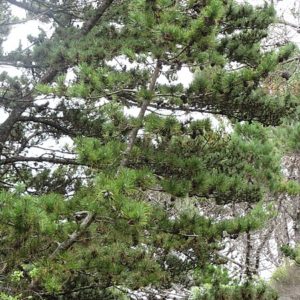
Japanese Black Pine Seed
Pinus thunbergii£5.00 – £10.00 inc. VATBlack Pine is a distinctive, splendid large tree with twisted branches. It has rigid twisted needles, arranged in pairs, up to 18cm long and is an important timber tree in its native Japan. As a young tree it makes a stiffly conical shape, but gets quirkier with age. Slow growing. In winter, buds at the branch end are silky and white. Female flowers are often extremely numerous and are an attractive red/pink/purple.
-
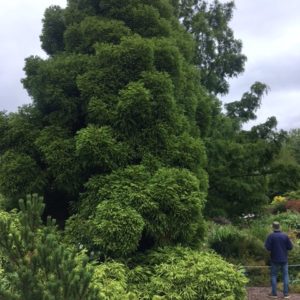
Japanese Cedar Seed
Cryptomeria japonica£5.00 inc. VATJapanese Cedar is a fast growing, columnar conifer which is easily cultivated and thrives in most soils. Its feathery foliage is actually made of short needles spirally arranged and similar to Sequoiadendron. Both needles and timber are aromatic
-
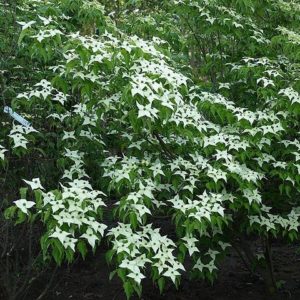
Japanese Dogwood Seed
Cornus kousa£6.00 inc. VATJapanese Dogwood is an elegant, large deciduous shrub or small tree, with abundant, white bract flowers. Moderately slow growing. The leaves turn rich bronze in autumn and are accompanied by the small strawberry like fruits in some years.
-
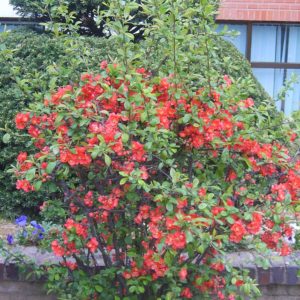
Japanese Flowering Quince Seed
Chaenomeles lagenaria£5.00 inc. VATJapanese Quince is a beautiful and early flowering (February to June) shrub. It is often used for Bonsai as its small bright orange flowers are shown off to marvellous effect. It is very similar to ‘Japonica’ (C. japonica,) but grows larger. In mild winters it retains some leaves. The stems are thorny and straggly but it can be pruned. It is probably best grown trained against a wall. There are a number of named varieties with flowers varying from red to pale pink and white.
-
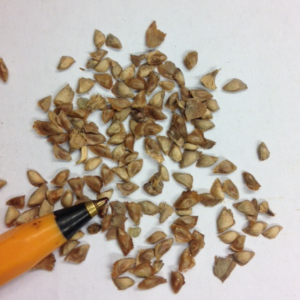
Japanese Larch Seed
Larix kaempferi£5.00 – £10.00 inc. VATJapanese Larch is a vigorous, large conifer with red shoots and sea green leaves which are longer and broader than those of European Larch. It is fast growing and used as a timber crop, supplying the building trade. The needle-like leaves turn good autumn colour of yellow and orange. Sometimes the needles sprout directly out of the trunk or larger branches. The small attractive cones are copper-brown when ripe and often age on the tree to grey.
Not for forestry purposes.
-

Japanese Locust Seed
Gleditsia japonicum£6.00 inc. VATJapanese Locust trees have a light canopy with pinnate leaves that emerge late in the spring and fall early making them an ideal canopy tree for a woodland garden. It is notably resistant to honey fungus and is also a nitrogen fixer. The foliage is extremely beautiful but it can have formidable thorns, so pruning is not recommended!.
-
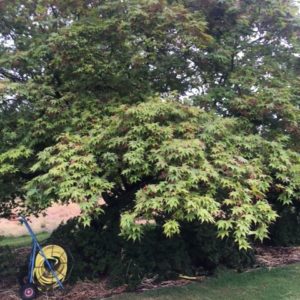
Japanese Maple Seed
Acer palmatum£5.00 – £8.00 inc. VATJapanese Maple is noted for its beautiful autumn colours of red, orange or yellow, but in summer this small deciduous tree or large shrub has bright green lobed, deeply cut leaves. It slowly grows into a graceful tree or large shrub, often multi-stemmed, of open habit. No pruning is necessary and when planted in the right spot, it is relatively carefree.
-
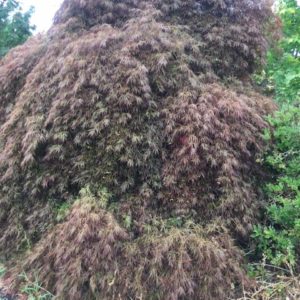
Japanese Maple Seed (purple dissect)
Acer palmatum atrop dissectum£5.00 – £19.50 inc. VATJapanese Maple is a slow growing small tree/shrub with broad arching habit (sometimes looks like a large purple mushroom). Very fine purple-bronze leaves colour to orange in autumn. Excellent in small gardens. Needs no pruning but appreciates mulching with compost in spring.


Sign up to receive great news and offers